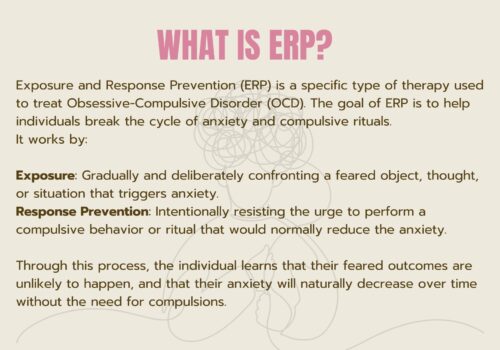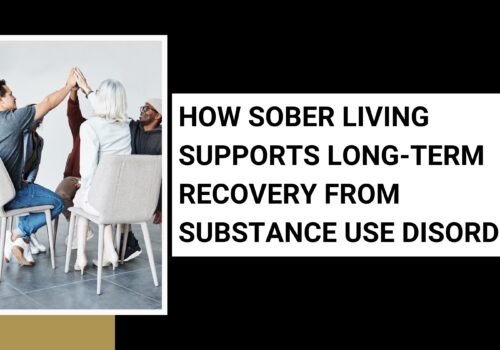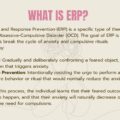Ketamine was originally developed as an anesthetic but has more recently become a subject of therapeutic interest, particularly in the treatment of depression and other psychiatric disorders. Along with the increasing use of it has come increasing questions about its potential for addiction. This article will attempt to look at the “what” of ketamine, how it impacts the brain and why we might be worried about the potential addictive properties of ketamine.
Understanding Ketamine
Ketamine is a dissociative anesthetic that distorts perceptions of vision and hearing and results in feelings of disconnection from the environment and self. It is widely used in medical practice for sedation and pain management. In the last decade, researchers have also explored its off-label application for managing severe depression, anxiety, and post-traumatic stress disorder (PTSD).
Mechanism of Action
Ketamine works primarily via blockade of the N-methyl-D-aspartate (NMDA) receptor in the central nervous system where it plays a role in the modulation of pain, memory, and mood. This inhibition causes increased levels of the neurotransmitter glutamate, known to participate in synaptic plasticity and learning. Such unique mechanism is consistent with the rapid antidepressant effect observed in some patients, not seen with traditional antidepressants.
Medical Uses and Benefits
As a therapeutic agent for various mental disorders, ketamine has shown promise in a clinical setting. The onset of effects with this class of drugs occurs within hours, as opposed to traditional antidepressants which may take several weeks to produce effects, and most patients show significant improvement of symptoms within hours. Ketamine’s immediate effect has made it an an appealing option for treatment-resistant individuals.
With ketamine, in addition to its ability to cause dissociative states, such states may offer therapeutic insights and mood benefits in certain patients. On the downside, the good must be considered along side with the bad. Given the possibility that the substance could be used in a risky way, clinicians are careful to monitor patients both during and after infusions for any unwanted outcomes, including dissociation, hypertension and addiction. In practice, it is generally used in a controlled setting, such as a clinic or hospital where there’s a suspension of healthcare personnel to take care of any issues that might arise on short notice.
Ketamine is not strictly limited to mental health, however, as it is being studied for its analgesic roles in chronic pain management. Recent studies have found that subanesthetic doses of ketamine can reduce pain in conditions like fibromyalgia and complex regional pain syndrome. The dual nature of ketamine as both an anesthetic and potential mood regulating therapy for severely depressed and pained patients is indicative of the wide range of applications and promising results in pain medicine. With continued experiments in this field, the hope is that more long-term data will be collected and used to refine the drug’s use to ensure that its clinical potential outweighs its…
Is Ketamine Addictive?
The question of whether ketamine is addictive is thorny and nuanced. While ketamine isn’t your stereotypical addictive drug, it is prone to misuse or dependence in some cases.
Potency for Misuse
Ketamine is classified in the US as a Schedule III controlled substance which does indicate an accepted medical use but also signals the possibility for abuse. Often times, individuals without medical purposes will take ketamine for the sensation of dissociation that it brings about–which results in its distinct euphoric and consciousness-rotating effects.
Usage outside of medicine raises worries that the user may accidently, or on purpose, take more than the precautious amount of ketamine, causing a range of side effects. High doses can create the cycle of getting high, insinuating potential in-set of problematic drug use.
Additionally, the surrounding environment could play a factor in you misusing the drug, be it peer pressure or the commonality of drug use within a social group, increases the already escalated risks associated with dabbling in ketamine beyond a medical usage. It is clear that the social aspect alongside the educational aspect of discussing SUDôs & their dangers are on the forefront of preventing misuse outside of its normal medical parameters.
Dependence and Withdrawal
Although Ketamine Dependency has not been studied much in the laboratory, but some observational studies have inferred that prolonged exposure to ketamine would lead to a state of tolerance- requiring the user to take more of the drug in order to get the same effect. With tolerance the levels of usage go up and high use levels raise the likelihood of dependence.
Same as with other drugs, Ketamine withdrawal symptoms are not clearly documented but cravings, shifts in mood and signs of cognitive disability are seen when users stop taking it. Needless to say, withdrawal syndrome is unpleasant in itself and this could contribute to continued use of the drug.
Furthermore, the psychological aspects of dependence can be very challenging to break; many users find that they are dealing with anxiety or depression that they initially self-medicated for. As such showing the intimate relationship between mental health and addiction, requiring a full spectrum therapy for the psychical as well as the mental side of dependence.
Factors Contributing to Addiction Risk
The predisposed risk for an individual becoming dependent on ketamine can be influenced by many factors, RuntimeMethod1:- 1) Genetic factors. The isolation of these factors will also allow risk assessment of its potential use.
1. Genetic Vulnerability
Genetics can play a significant role in addiction susceptibility. Individuals who are genetically predisposed, having a family history of drug addiction, are prone to develop ketamine abuse. Excuses including a history of the individual, psychiatric morbidity, and environmental factors may lead an individual to be at risk.
2. Context of Use
The environment in which ketamine is used is a major contributing factor in its liability to generate a dependency. However, clinical application with the supervision of physicians greatly reduces the potential of being abused. In fact, when used recreationally in uncontrollable settings, the likelihood of developing maladaptive patterns of use increases.
In the end, while ketamine seems to offer a lot of therapeutic promise and isn’t your typical addictive drug, this one is risky. There is always a potential for abuse and addiction particularly when used recreationally. Individuals, as well as clinicians, need to understand factors that predispose to addiction to make informed choices. As the research continues to progress, we should remain cautious and pay respect to this powerful drug..
Future Perspectives
Ketamine research is bright, with the long-term effects and therapy applications being bright spots. Ongoing research endeavors to understand the interplay between ketamine and addiction, and to provide a framework for the safe use of the medication in practice. Although the medical field is still researching the medical benefit of ketamine in treating mental health diseases, you have to understand the risk side of it. Education and vigilance about the potential for abuse and dependence will be crucial to prevent ketamine from emerging as another abused drug, and to assure that it remains available as an effective weapon to fight mental illness.















